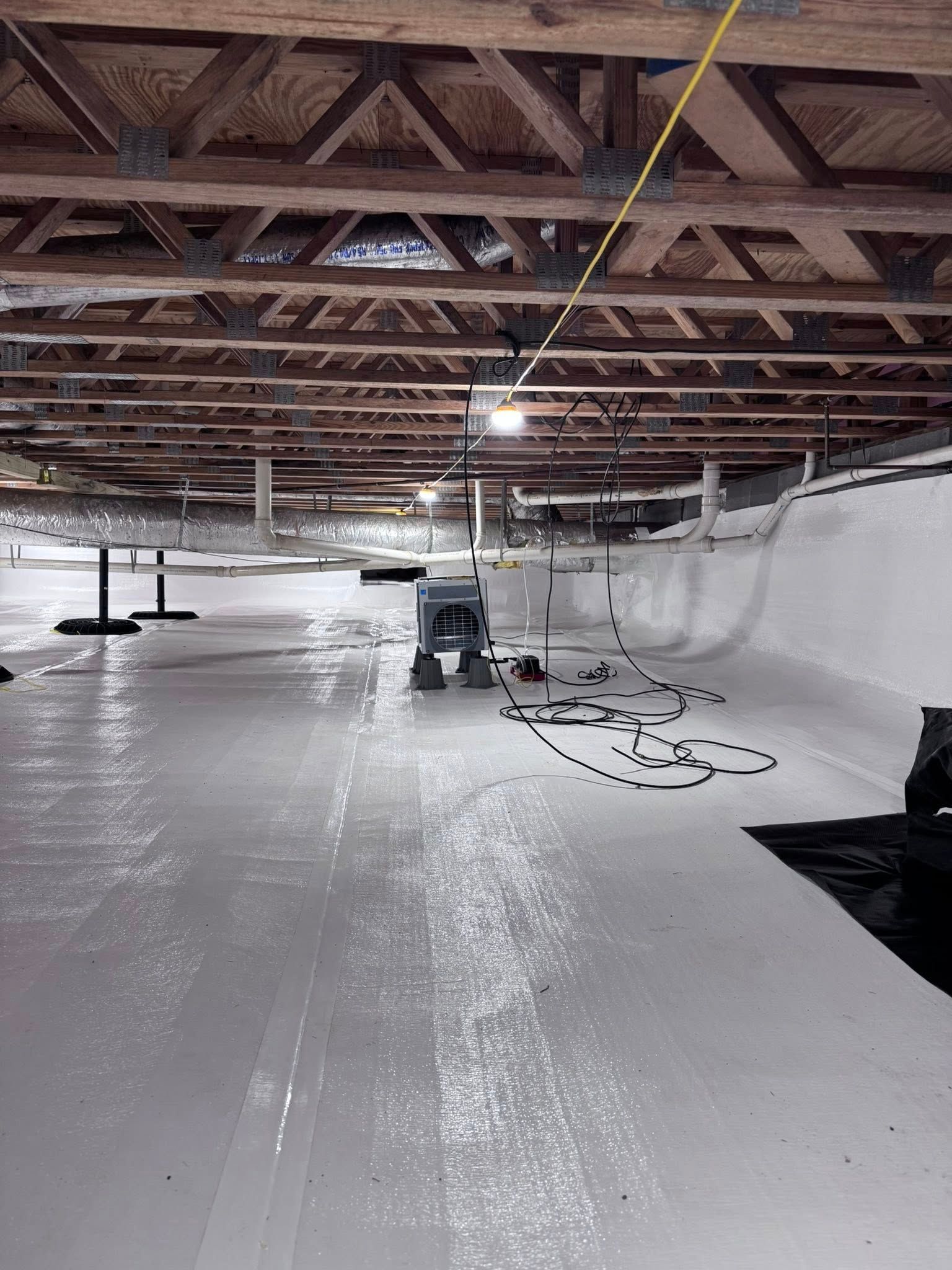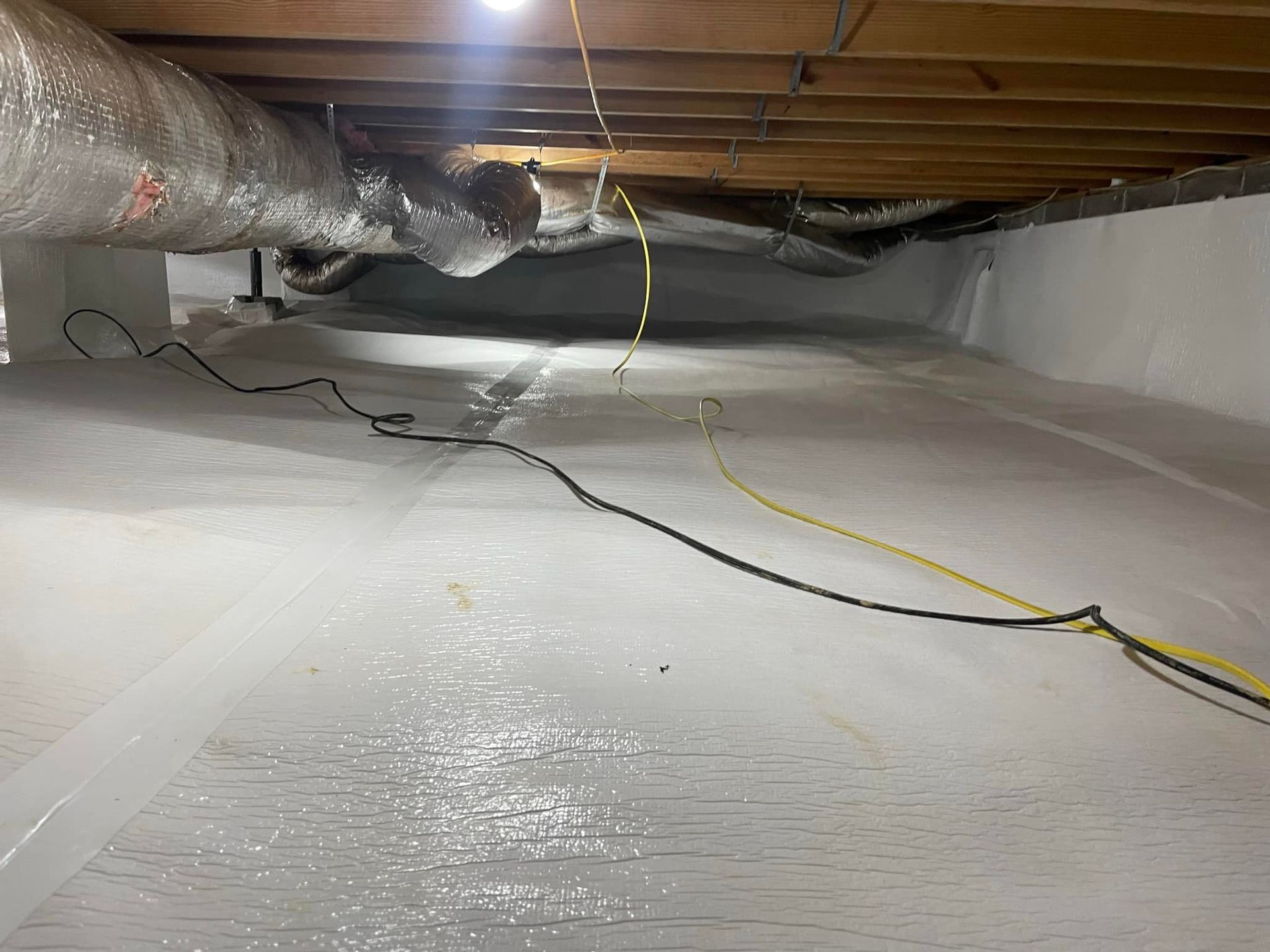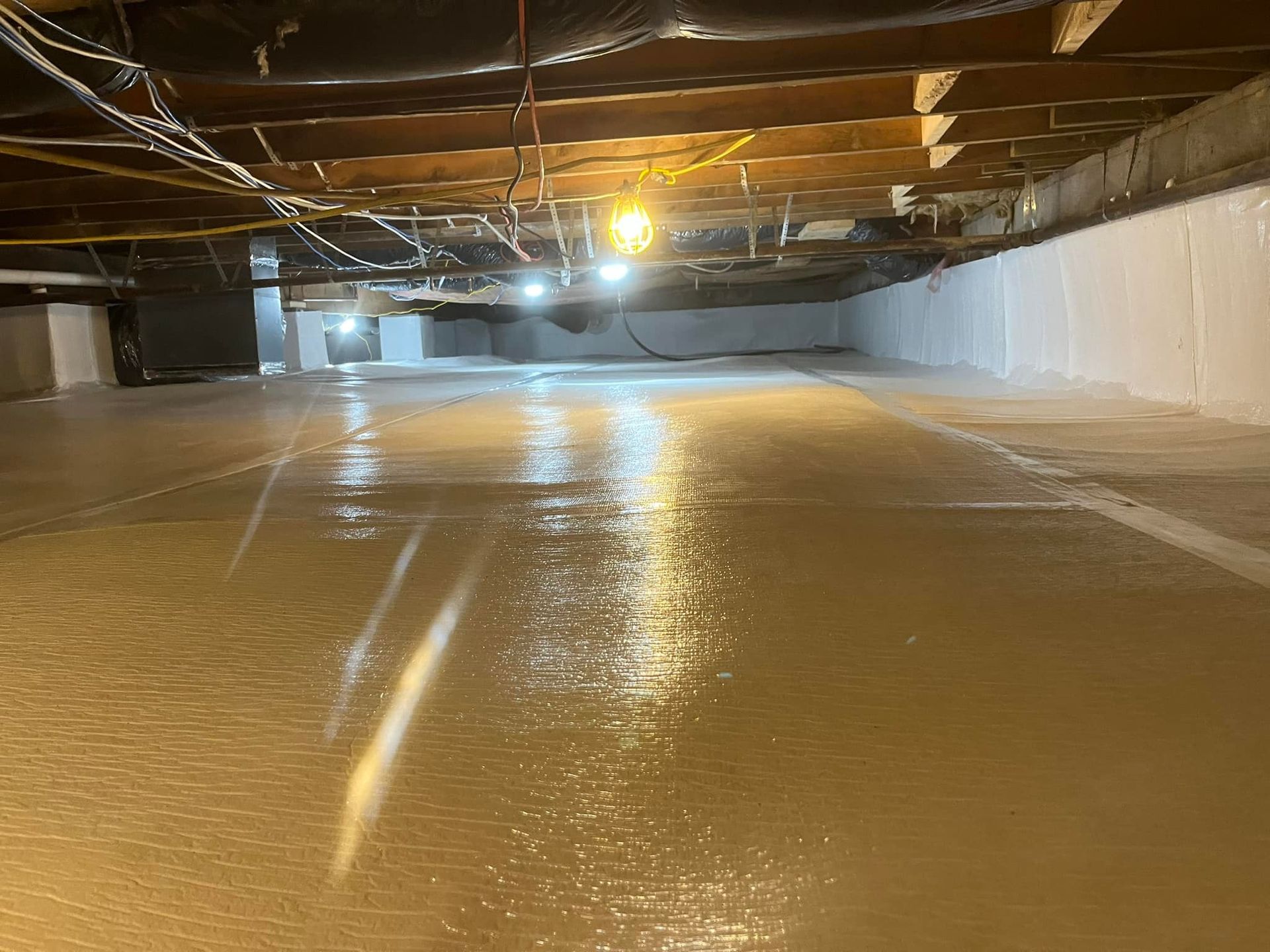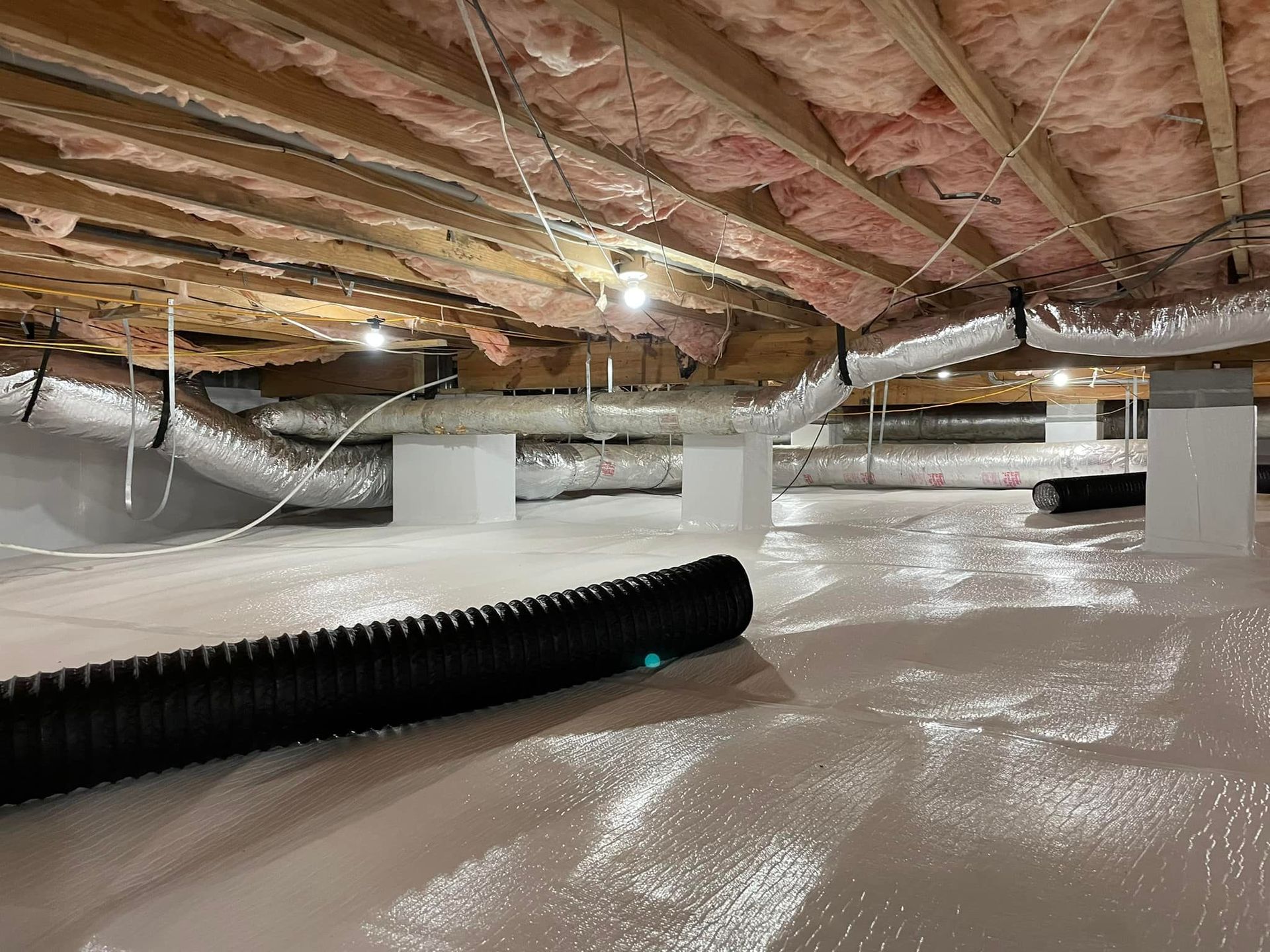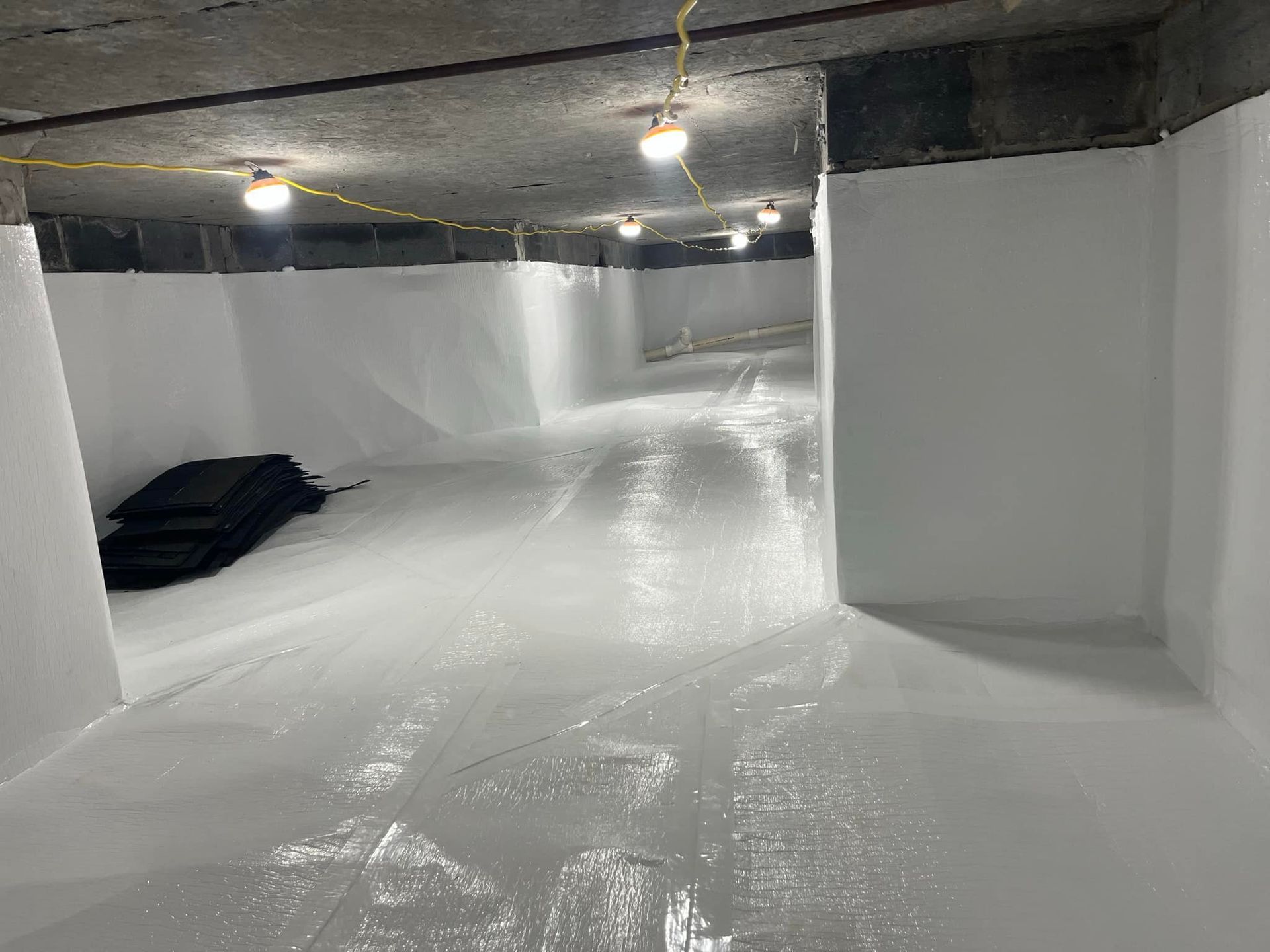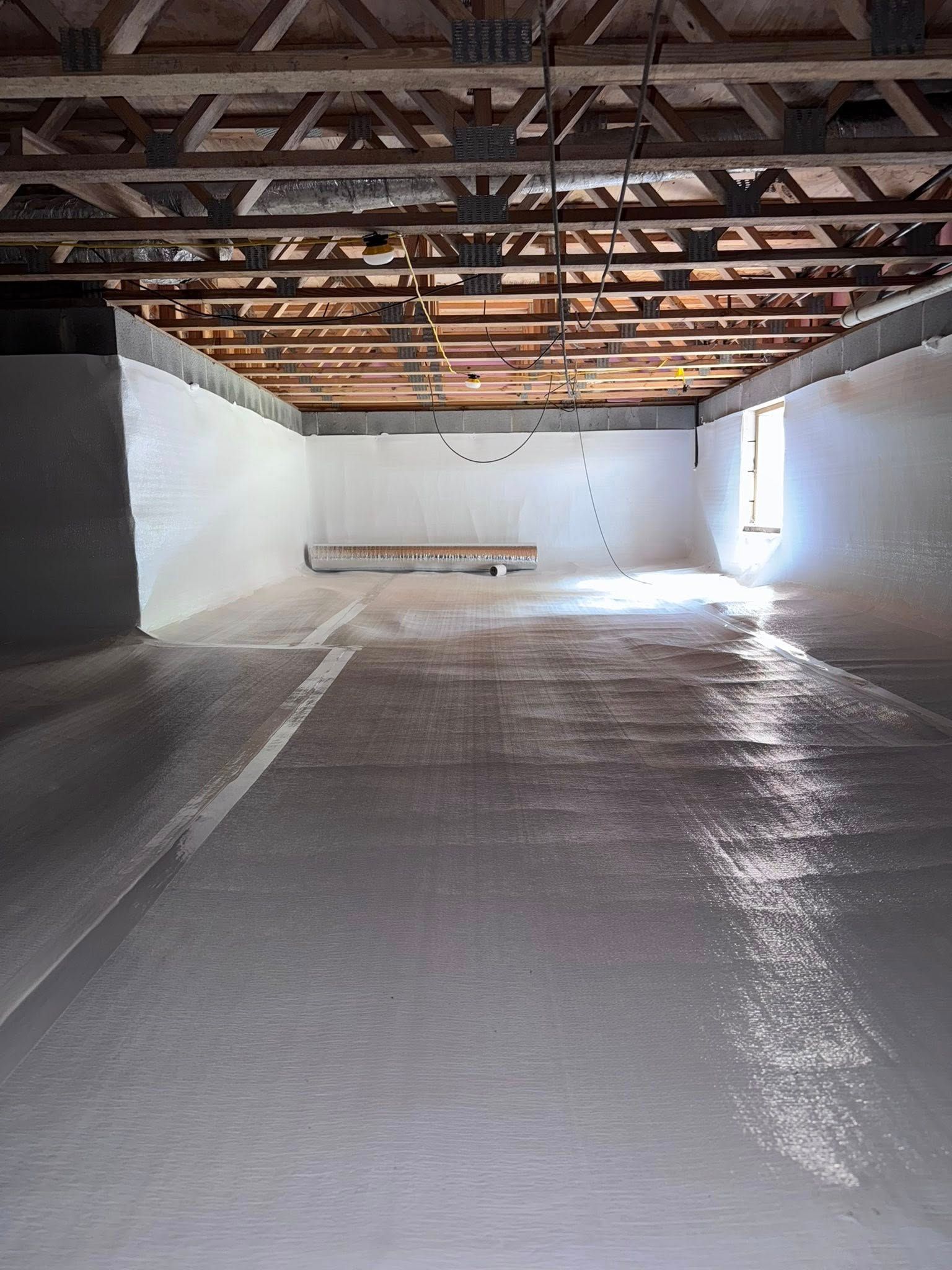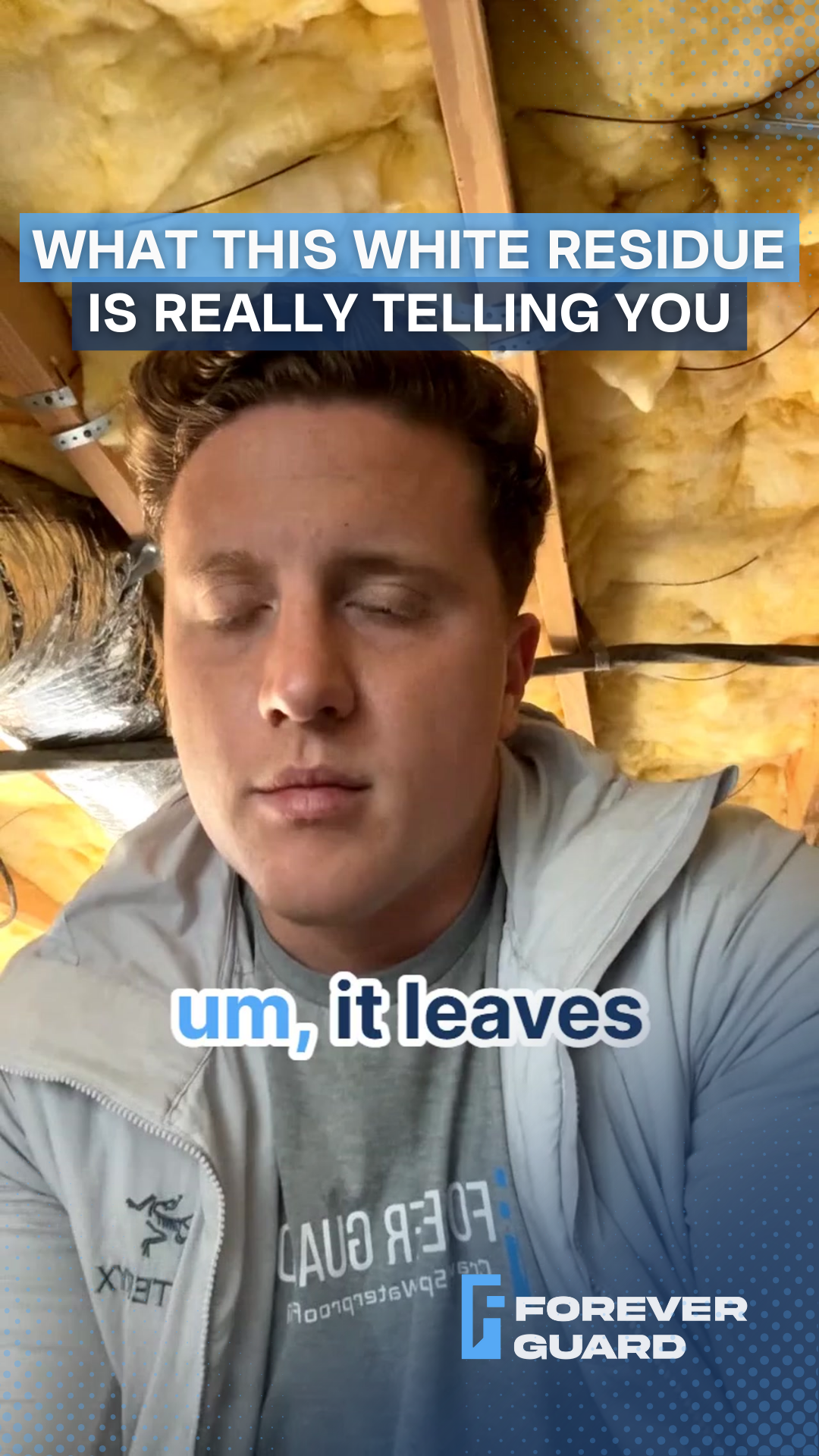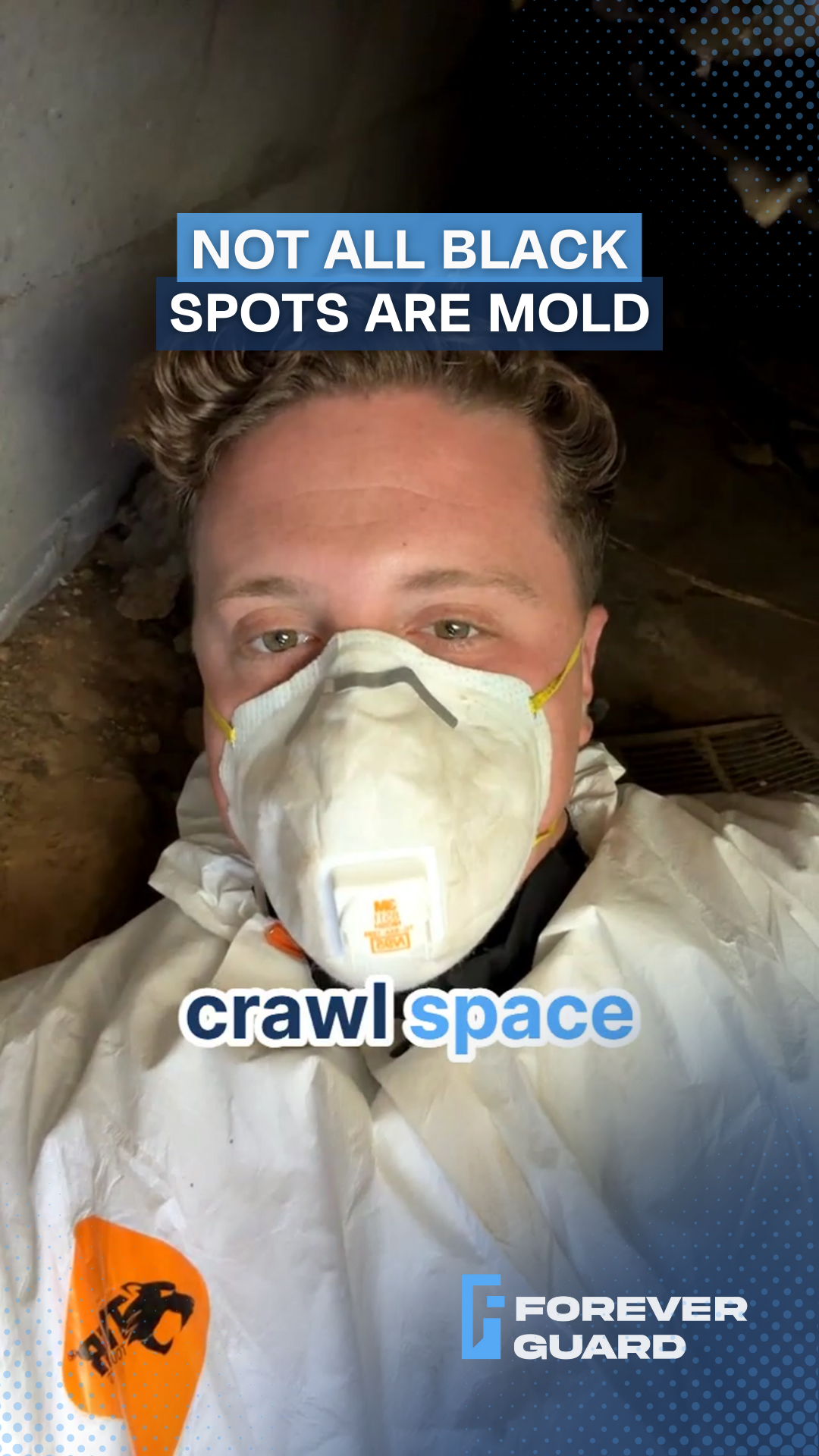The Wrong Shims Nearly Ruined This Farragut Home's Foundation
Why Using the Right Materials Under Your Home Actually Matters
A crawl space professional explains what happens when shortcuts catch up with your foundation
We're out in Farragut working on a complete crawl space overhaul.
Beautiful house, but when we got underneath to start the work, we found something that made us stop and reassess the whole project.
Someone had used hardie plank as shims under the main support beams.
Not wood. Not metal. Hardie plank - a siding material that has no business supporting your home's foundation.
This isn't just a minor issue. Your main beams carry the weight of your entire house.
The shims under those beams need to handle that load properly and adjust as your home settles over time.
Using the wrong material creates weak points that can lead to serious structural problems down the road.
The Real Cost of Taking Shortcuts
Here's what happens when someone uses improper materials in your crawl space: you think the problem is fixed, but you're really just delaying the inevitable.
Hardie plank wasn't designed to function as a structural support. It doesn't have the strength or stability needed for shimming foundation beams. Over time, moisture affects it differently than proper shimming materials. It can compress, shift, or deteriorate in ways that compromise your foundation's stability.
And that's just one issue we found. The entire crawl space was filled with R19 insulation that had been damaged by moisture and fungal growth. A trailer completely packed with failed insulation from just this one house - that's how much material was compromised.
When contractors cut corners or don't understand crawl space science, homeowners pay the price later. Sometimes that price is thousands in repairs. Sometimes it's structural damage that affects the whole house.
What a Complete Crawl Space Overhaul Actually Involves
So what does it take to fix a crawl space properly? Let me walk you through what we're doing for this Farragut home.
First, we pulled all the old R19 insulation from the subfloor. Every bit of it. That's why we have an entire trailer packed full - you can't treat fungal growth properly if you're working around compromised insulation.
Next, we're treating the entire subfloor for fungus. Not just the visible spots. The whole thing. This prevents future growth and protects the wood structure of the home.
Then we're re-shimming those main beams with proper materials. Wood or metal - materials that are designed to support structural weight and handle crawl space conditions.
After that, we're installing R10 foam board insulation on the foundation walls. This works completely different than traditional insulation - it doesn't absorb moisture and it won't fall down over time.
Finally, we're encapsulating with a thick vapor barrier and installing a dehumidifier. This controls the moisture that causes all these problems in the first place.
Why Half Measures Don't Work in Crawl Spaces
You can't fix a crawl space by just addressing the symptoms. I see this all the time - someone treats visible fungal growth but leaves the damaged insulation in place. Or they install a vapor barrier but don't address the moisture source.
The problem is that crawl space issues are connected. Moisture leads to insulation failure. Insulation failure leads to fungal growth. Fungal growth damages your floor joists. And improper support materials make everything worse.
If you're going to invest in crawl space work, do it right the first time. That means removing compromised materials, treating the root causes, and using proper products designed for crawl space conditions.
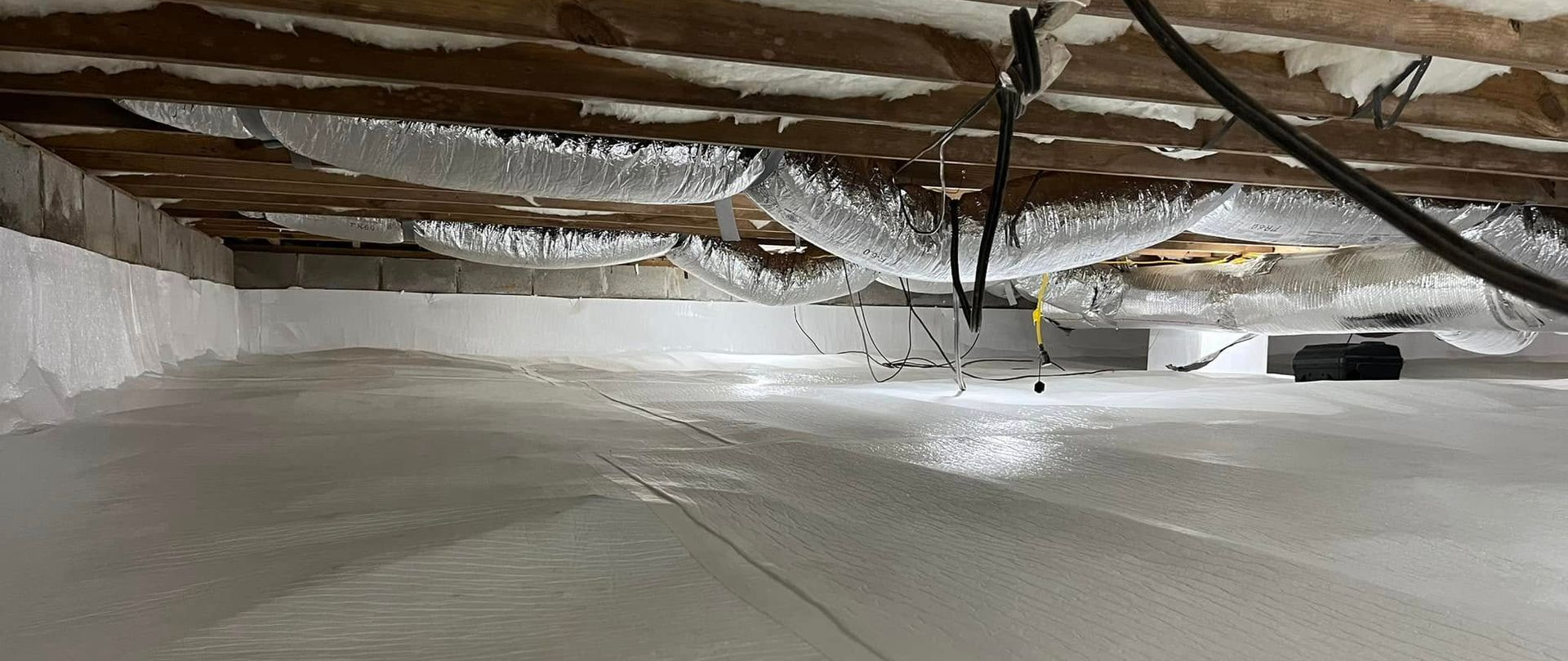
What Homeowners Should Look for in Crawl Space Work
When you're getting quotes for crawl space work, here's what you need to know:
Ask what materials they're using for everything - not just the vapor barrier, but the insulation, the shims, all of it. If they can't explain why they chose specific materials, that's a red flag.
Find out if they're actually removing damaged insulation or just working around it. You can't properly treat fungal growth with old insulation in the way.
Make sure they're addressing moisture control, not just covering up the problem. A vapor barrier without a dehumidifier is only half the solution.
And pay attention to the details. Things like using hardie plank for shims might seem small, but they tell you a lot about whether a contractor understands crawl space work or is just trying to finish the job quickly.
Get It Done Right the First Time
Look, crawl space work isn't cheap. But doing it wrong costs even more - in money, in structural damage, and in the headaches of dealing with the same problems over and over.
We see homes all the time where previous contractors took shortcuts or didn't understand what they were doing. That's why we take the time to do thorough inspections, explain what actually needs to be done, and use materials that are designed for crawl space conditions.
If you're concerned about what's happening under your home, or if you've had work done that didn't solve the problem, give us a call. We'll inspect your crawl space, show you exactly what we find, and give you honest recommendations about what needs attention.
Don't wait until small issues become major structural problems. Get it checked, get it fixed right, and get peace of mind.

